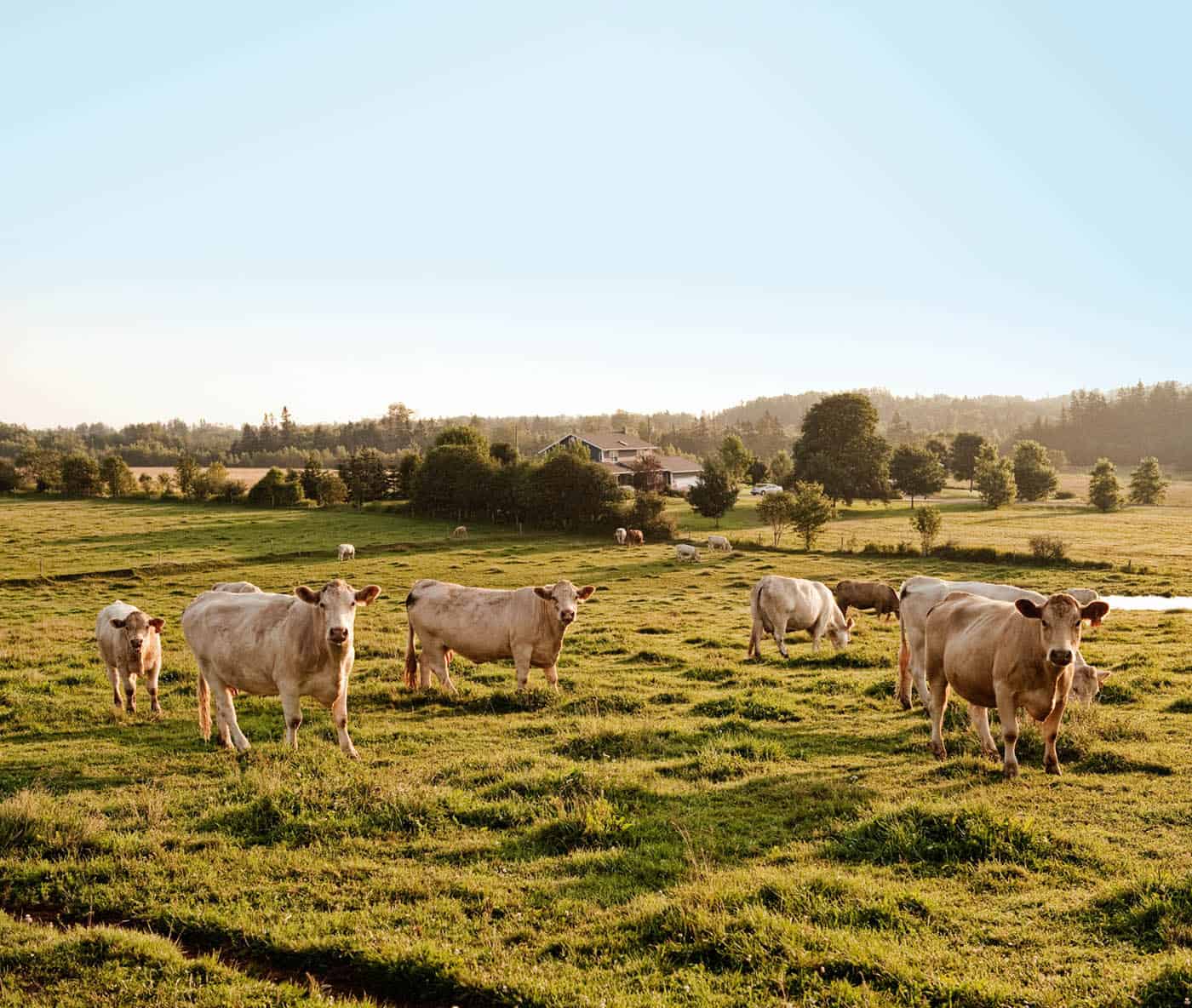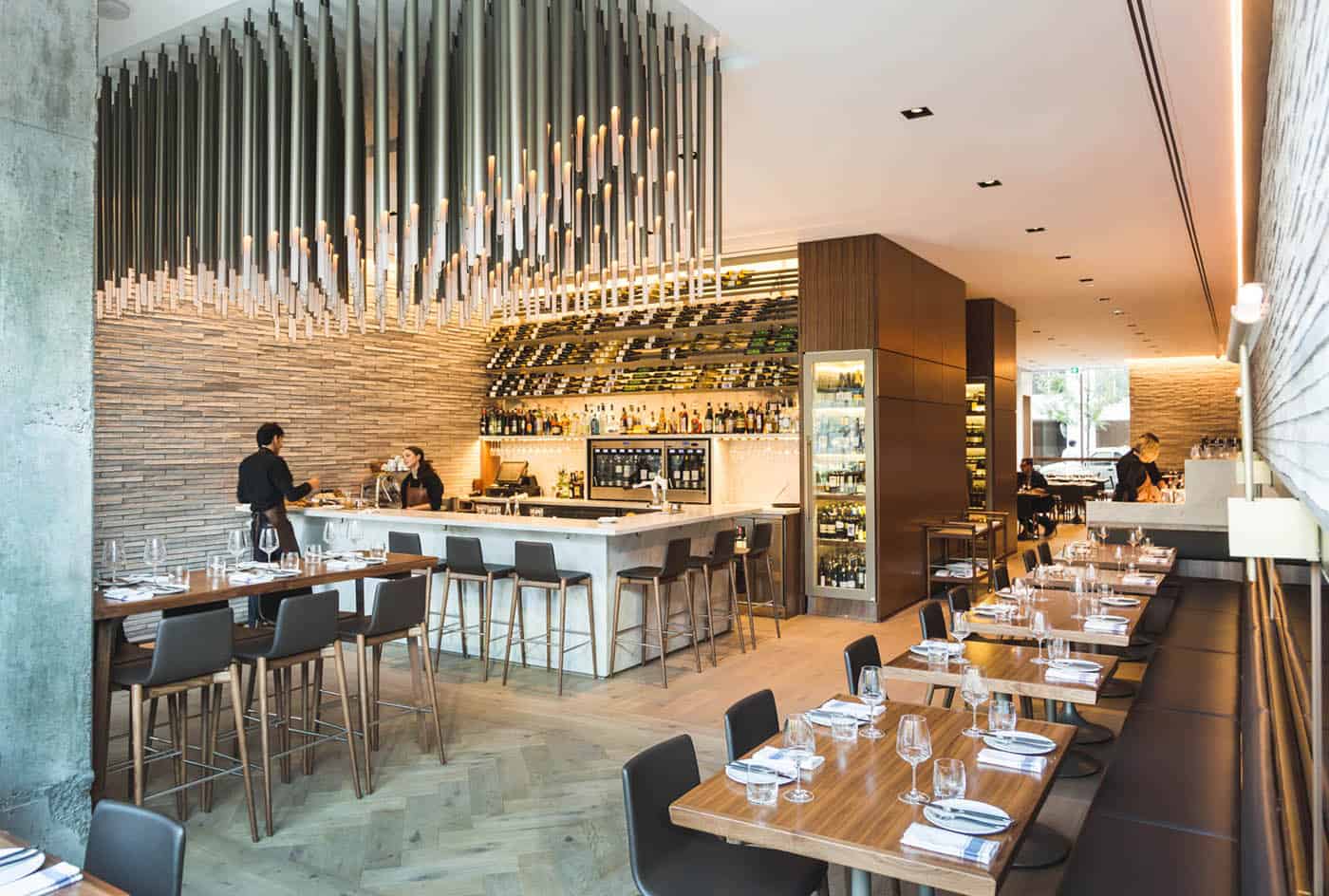
Tucked away in an unmarked white tent on Copenhagen’s Refshaleøen Island—as a rainstorm howls in typical Scandinavian fashion outside—food writer Chris Ying is leading a MAD6 discussion about the world’s most culturally significant dishes.
As Chris Ying talks, David Chang stands at the back of the tent with Magnus Nilsson as Guardian food editor Allan Jenkins helps chronicle a long list of possibilities, including Nancy Silverton’s chopped salad and Alain Passard’s famous l’Arpège beet, slow-roasted in a crust of Sel de Guérande. The selections are scribbled on a whiteboard beside more commonplace offerings, include cereal, fried chicken, and the epochal Big Mac.
The exercise is being done in the name of Chris Ying’s forthcoming book, which will chronicle the lesser-known histories of popular haute cuisine and everyday dishes. Tentatively titled You and I Eat the Same: On the Countless Ways Food and Cooking Connect Us to One Another, Ying has found that global cuisines are more alike than they are different. From Mexico to China, nearly every culture wraps food in leaves to steam it. As do we cultivate sesame crops to add nutty intensity to everything from hummus to bagels and bread. The book won’t be out until fall of 2019, but we caught up with Ying at MAD in the interim to learn more about the inextricable history of cooking.
C100B: What makes food culturally significant?
CY: Part of it is when a dish influences other chefs to cook a certain way. Or if you grew up eating something, and everyone around you grew up eating it. These foods can define you even if you no longer eat them on a day-to-day basis as an adult.
C100B: Why is it important to understand the history of cooking?
CY: It’s important to understand the context of classic dishes before you go out and come up with your own version. But beyond that, if we’re going to build a sustainable community of food people who want to affect change—which is what MAD is all about—then we have to solidify our commonalities. It’s hard to have conversations about immigration or politics because we think we’re coming from different perspectives. But if food can allow us to see more of our similarities then at least we can sit down at the same table to share a meal and talk.
C100B: What are the most culturally significant dishes to you?
CY: As an American, I immediately think about the foods that are associated with our hazy cuisine: hamburgers, fried chicken and tacos, which are as big a part of our cuisine as they are anywhere else. But I’m not trying to rank them. Most dishes are interconnected with each other—and this messy history is something that we should all study and be aware of, and be super proud of at the same time.
Part two of a three-part series from Canada’s 100 Best contributor Claudia McNeilly, who was on location at MAD6.
Photo: Vicky Wasik



